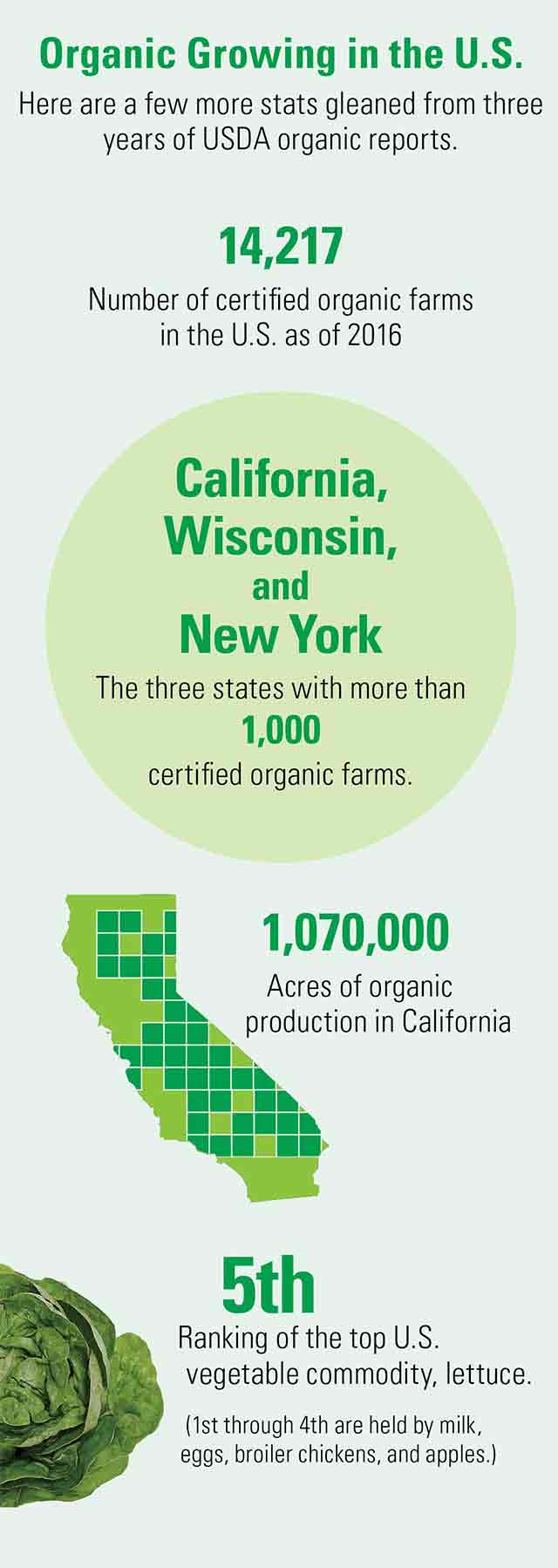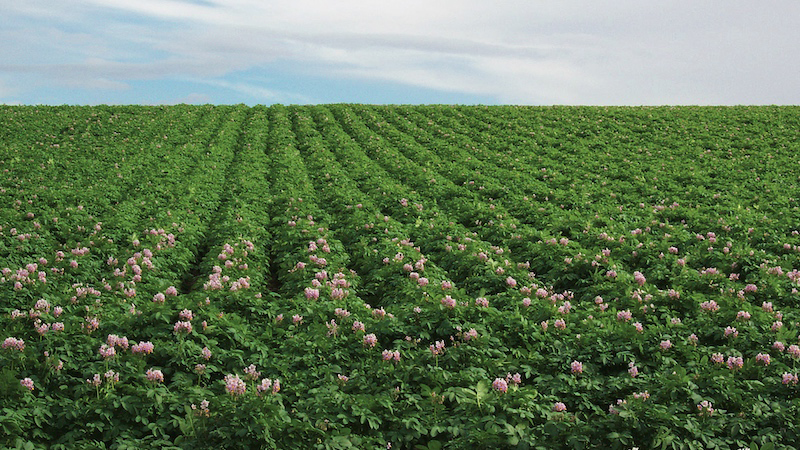There’s Still Time to Make a Profit in Organics [Opinion]
![There’s Still Time to Make a Profit in Organics [Opinion]](https://d3qz1qhhp9wxfa.cloudfront.net/growingproduce/wp-content/uploads/2017/10/Organic-produce-in-a-grocery-store.jpg) Prices continue to lure vegetable growers into converting more and more acreage to certified organic production. Despite the costly process of gaining that certification, most growers see enough potential profit to make it worthwhile.
Prices continue to lure vegetable growers into converting more and more acreage to certified organic production. Despite the costly process of gaining that certification, most growers see enough potential profit to make it worthwhile.
This month’s cover story author, GwanSeon Kim, attempts to give growers tools to help them decide if converting organic acreage is worth the cost. He worked with a team of University of Kentucky researchers analyzing data from Nielsen Retail Scanner Data and USDA to find patterns in what causes organic prices to be stronger or weaker.
His use of stats from USDA on organic production made me curious. What else can be gleaned from those numbers?
For one, the growth in the number of organic vegetable sales is as significant as rumored. In just two years, organic field-grown vegetable sales rose a whopping 32%. You usually only see that kind of shift when the numbers are low. But that 32% represents $349 million.
When you drill down to specific crops, there are a few standouts. From 2014 through 2016, lettuce was the top organic field vegetable in sales ($277 million in 2016). Organic field tomato sales more than doubled between 2015 and 2016, as did potatoes.
With the National Organic Standards Board (NOSB) and National Organic Program finally getting on the same page to allow certifying hydroponic and aquaponic vegetables, I was also curious about how indoor organic vegetables have been trending.
But USDA moves slowly. The latest figures date from 2016; 2018 numbers aren’t out until late next year. All we can see is the trend prior to the ruling. Sales from 2014 to 2015 dipped, dropping from $76 million to $73 million. Then in 2016, it surged to $89 million.
The number of certified organic farms and acres in USDA’s reports shows a similar pattern of sharp increases — the number of farms grew 11% and acreage increased 15% between 2015 and 2016. One sentence from the report was eye popping: “Certified organic land in Texas increased 69% between 2015 and 2016.”
There’s a well-known rule in business circles about timing. You want to get in on the climbing edge of a trend, not on the downhill side of the peak. The good thing about organics? After all these years, you can still get in on the ground floor.










